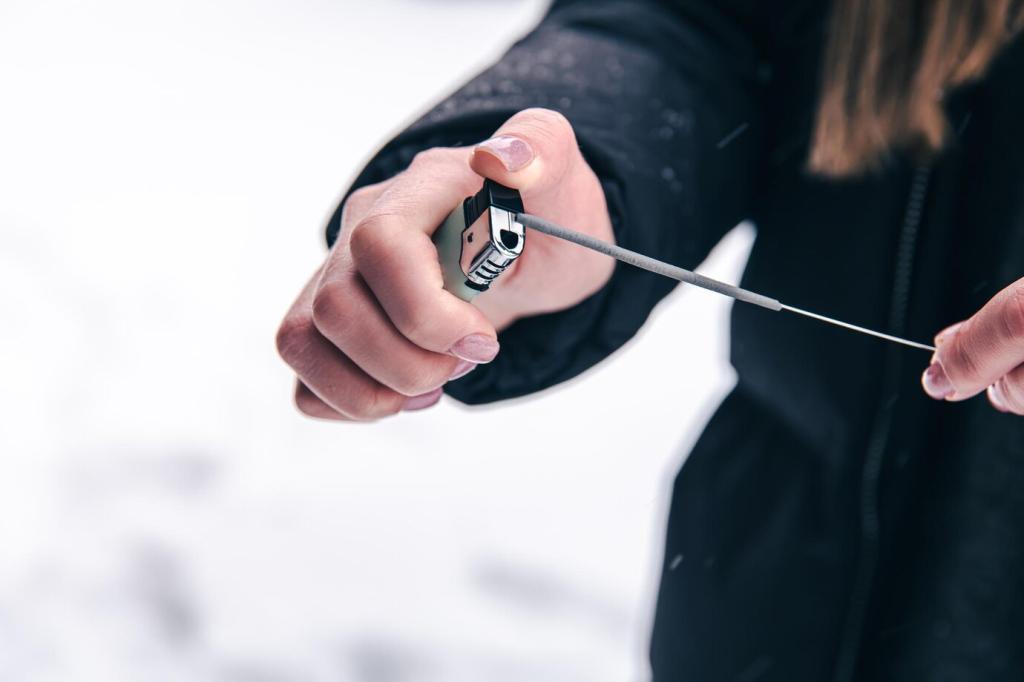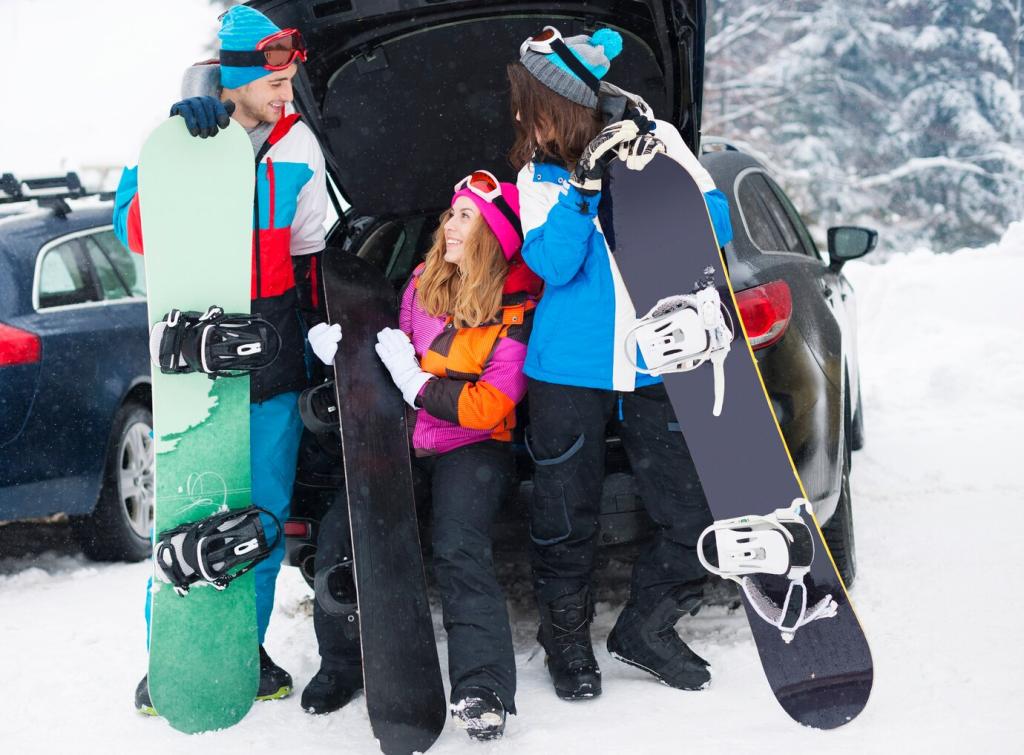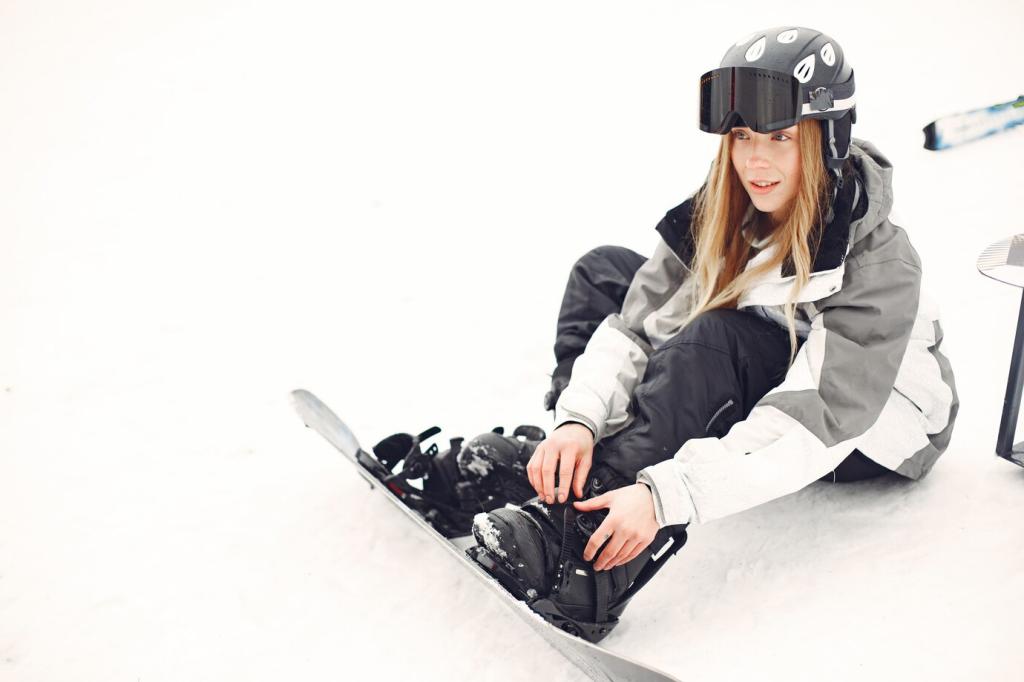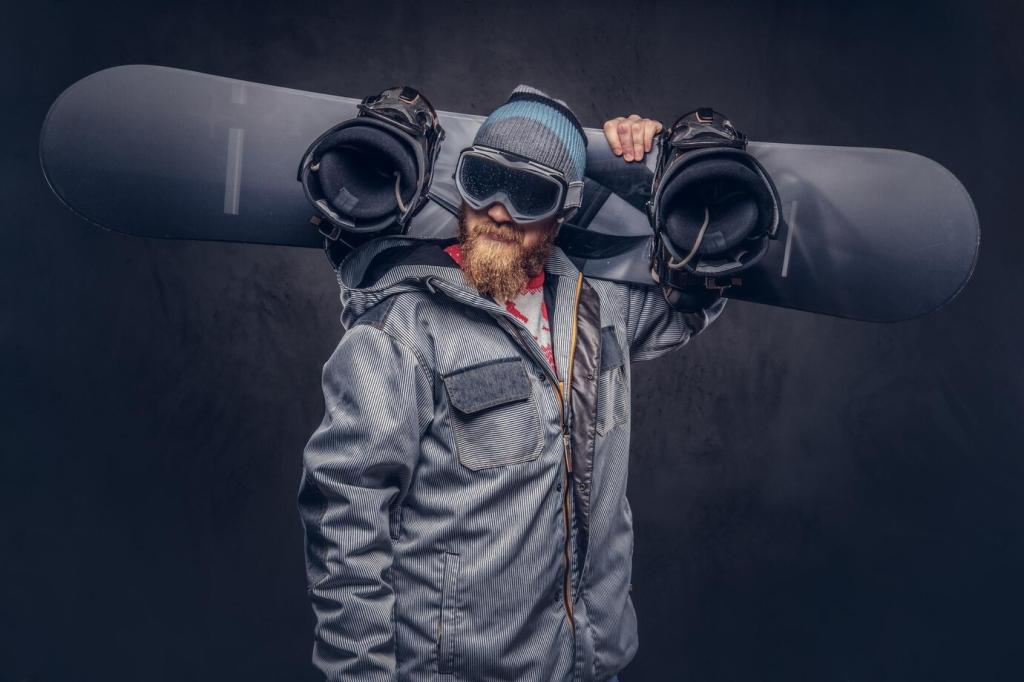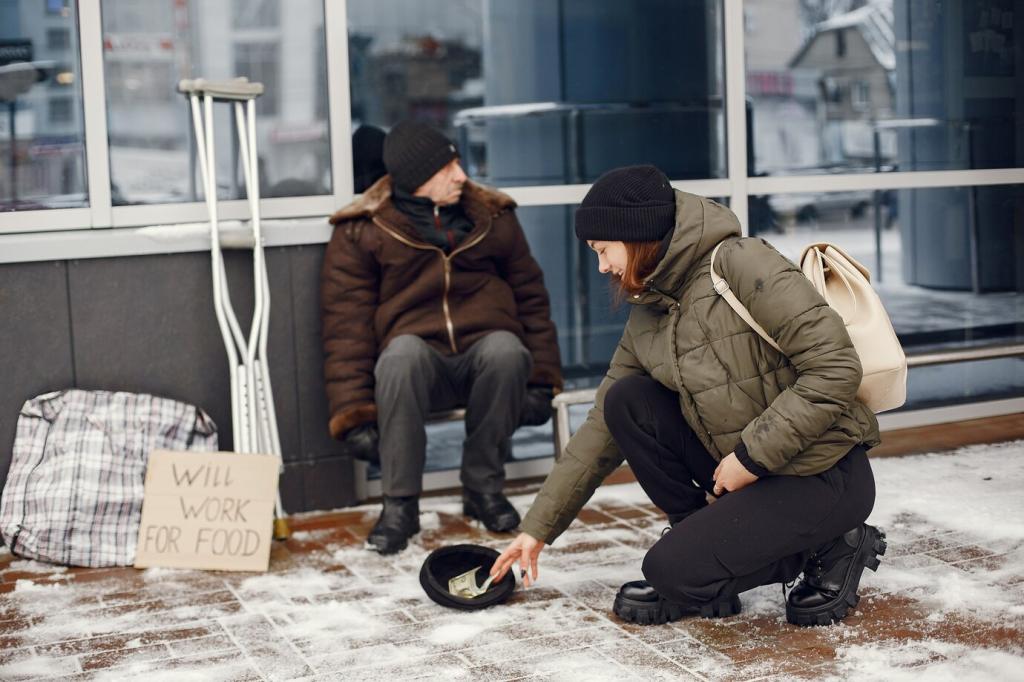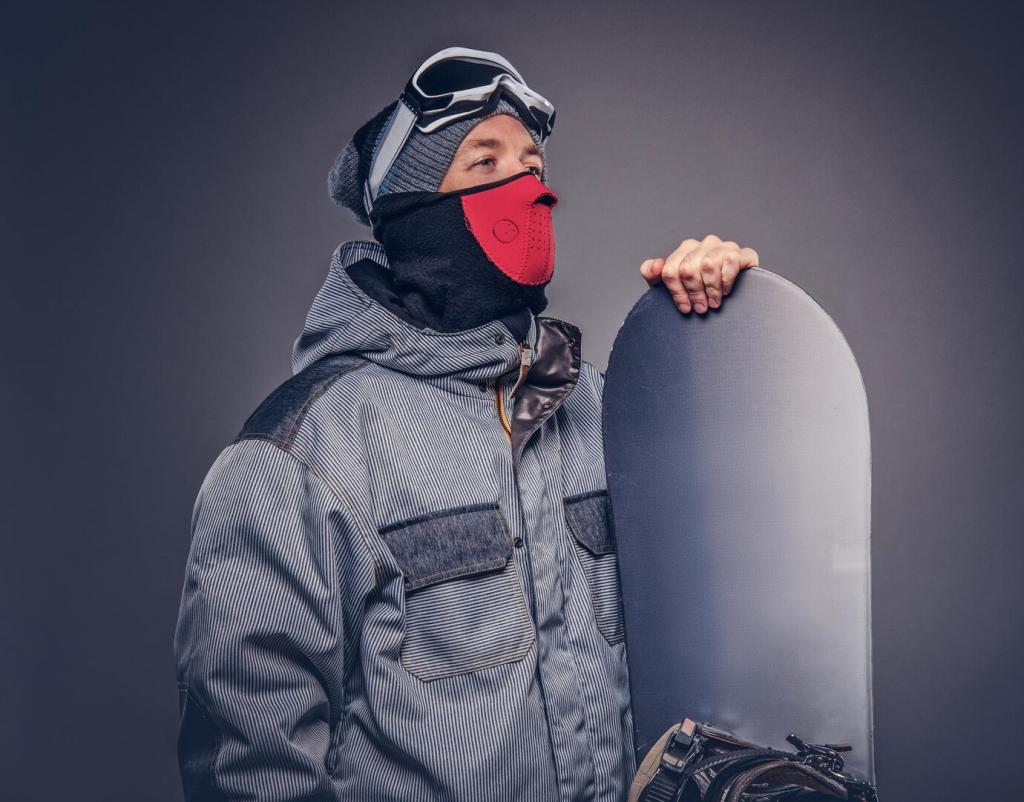Buy, Borrow, or Rent? Smart First-Lesson Choices
For your first snowboarding lesson, rent the board, boots, and helmet to learn what sizes and flexes feel right. Ask the tech for heel‑hold checks and stance advice. Rentals save money while you discover your style. Once you know what fits, you can shop smarter, not faster. What will you rent first?
Buy, Borrow, or Rent? Smart First-Lesson Choices
Own your base layers, socks, and gloves for hygiene and comfort. These pieces work for winter hikes, travel days, and cold city commutes. Look for off‑season sales or bundles with solid warranties. Subscribe for our beginner packing checklist and seasonal deal alerts tailored to first‑timers building a reliable kit.

